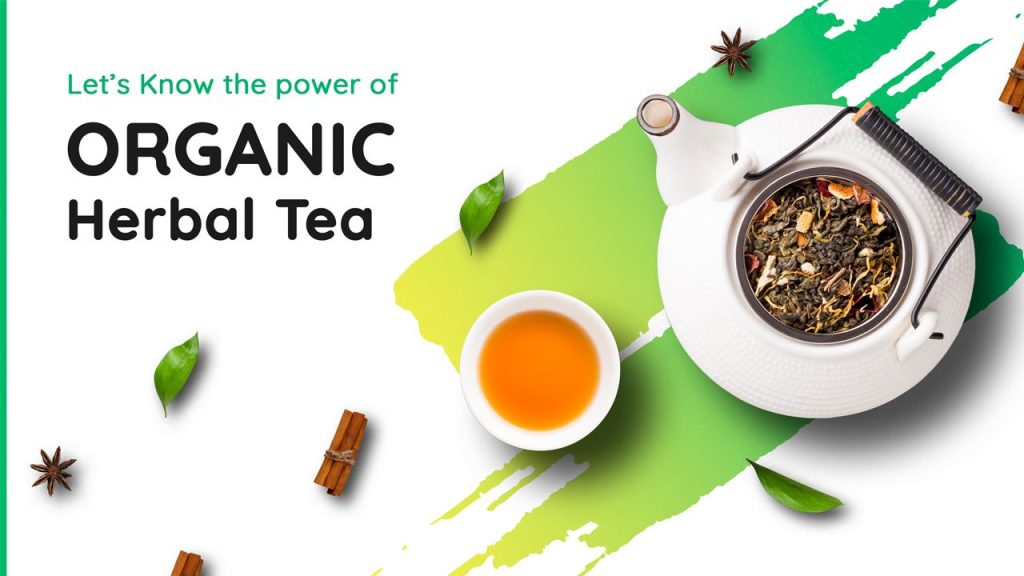
A tea lover’s introduction to the most popular beverage in the world
Wednesday, 06, 2022It should not surprise you that tea is the second most consumed drink in the world only to be ranked after water!
80 percent of U.S. households have tea in their kitchens, and more than half of the American populace drinks tea on a daily basis, the morning starts with a hot cup of tea which helps them get energised and start their daily routine. Tea has become a constant in the daily lives of many who cannot imagine spending a whole day without the refreshing taste of tea which has a lot of health benefits and positive effects.
Tea, made from the plant Camellia sinensis which originates from China, India, and
other East Asian countries, is one of the most popular beverages consumed all
around the world.
The cultivation and production of tea have become the source of livelihood for a huge
number of people all around the globe and that number is steadily rising. Around two
billion people drink tea every day in the morning and that gives an idea about the
popularity of this beverage.
There are tea shops and stalls in almost every part of India and abroad that sell tea to people gathering for a quick cup of tea on their way to work or on their way back after a long day, some people with their friends or relatives gossiping or meeting after a long time, so on and so forth.
There are different types of tea such as
- Black Tea
- Green Tea
- Oolong Tea
- White Tea
- Herbal Tea
- Lemon Tea
Brief details about each are enlisted as follows:
- Black Tea
Black Tea is made from the Camellia sinensis plant. The process of making black tea
includes crushing, curling and rolling the leaves of the plant which are then oxidised
before drying and selling. The fully oxidised leaves contribute towards its strong,
dark flavour, reducing its flavonoid content but still retaining its beneficial properties.
Black tea comes in different blends, according to its flavour. Black tea is made in
China, India, Sri Lanka and Nepal. It is the most common type of tea and is available
in the market in many different varieties such as Assam black tea, Earl Grey, Masala
Chai Tea, Ceylon black tea, etc.
- Green Tea
Green tea is also made from the Camellia sinensis plant and to make green tea,
fresh, semi-heated or steemed leaves of the plant are mainly used. This process of
making green tea stops the oxidation process which is the reason behind the fresh
and light flavour profile of green tea. Green tea is also available in different flavours
ranging from nutty to fruity, which depends on the production of tea and its
processing. Some of the common types of green tea are Biluochun, Genmaicha,
Gyokuru, Laoshan, etc.
- White Tea
White tea is produced from the fresh buds and young leaves of the Camellia sinensis
plant, which is the reason behind its delicate flavour profile. After harvesting is done,
the buds and leaves of the plant are steamed or fried which stops the oxidation
process. After this procedure, the leaves are dried. This type of processing gives rise
to a delicate and fruity flavour of white tea which also has lower levels of caffeine.
There are many different types of white tea such as Gong Mei, Shou Mai, etc.
- Oolong Tea
Oolong tea is also known as wulong or “black dragon” tea. The oxidation level of
oolong tea varies and this type of tea comes in different colours,flavour and aroma.
The colour of the tea depends on the oxidation level, With less oxidation, the colour is
lighter and the colour is darker for more oxidation. The different types of oolong tea
are Bai Ho, Da Hong Pao, Tung Ting ,etc.
Benefits Of Drinking Tea

Tea has many health benefits.
- It strengthens our immunity system and helps to fight against inflammation, cancer, and heart disease.
- White tea contains a high level of antioxidants which helps to fight different forms of cancer.
- Since white tea is rich in fluoride, catechins, and tannins, it is good for our teeth as well.
- White tea is a popular choice among tea drinkers who want to keep their caffeine consumption at a minimum because it contains the least amount of caffeine.
- Herbal teas are best to help you calm down after a stressful day because they don't contain caffeine. It also helps to ease menstrual pain and muscle spasms, brings down stress levels, improves blood pressure, and also acts as a cure for constipation and motion sickness.
- Green tea improves heart health by minimising bad cholesterol and reducing blood clotting.









